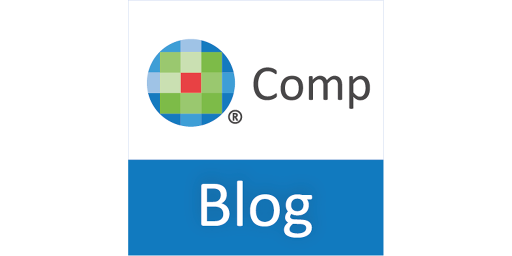USPTO Director takes over requests for discretionary denial
There is no doubt this new interim procedure on discretionary denial will be widely approved by patent owners as a big step in the right direction.
This afternoon, United States Patent and Trademark Office (USPTO) Acting Director Coke Morgan Stewart sent a memorandum to all Administrative Patent Judges (APJs) of the Patent Trial and Appeal Board (PTAB) detailing a new interim process for workload management. The Director will exercise her discretion in accordance with 35 U.S.C. 341(a) and 324(a) to determine whether discretionary denial is appropriate for any petition for inter partes review (IPR) or post-grant review (PGR).
Under this new interim process, decisions on whether to institute an inter partes review (IPR) or a post-grant review (PGR) will be bifurcated between the discretionary considerations that will be addressed by the Director and the merits and other statutory considerations.
Under this interim procedure, the Director will consult with at least three PTAB judges and will determine whether discretionary denial of institution of the IPR or PGR is appropriate. The Director will issue a denial of institution if discretionary denial is appropriate. If discretionary refusal is inappropriate, the director will issue a ruling on the issue of discretionary refusal and refer the petition according to Standard Operating Procedure 1 (Rev.). 16). From that point forward the assigned three-member panel will handle the case in the normal course, starting with a decision on institution based on the merits and other non-discretionary statutory considerations.
To facilitate this bifurcation approach, the USPTO will permit parties to file separate briefing on requests for discretionary denial of institution. The patent owner has two months to explain why discretionary denial of institution is appropriate. The petitioner will then be given one month from the filing of the patent owner brief requesting discretionary denial to file its own brief.
The parties will be permitted to address all relevant considerations on the discretionary denial issue, including but not limited to:
- Whether the PTAB or another forum has already adjudicated the validity or patentability of the challenged patent claims;
- Whether there have been changes in the law or new judicial precedent issued since issuance of the claims that may affect patentability;
- The strength of the unpatentability challenge;
- The extent of the petition’s reliance on expert testimony;
- Settled expectations of the parties, such as the length of time the claims have been in force;
- Compelling economic, public health, or national security interests; and
- Any other consideration bearing on the Director’s discretion.
Acting Director Stewart explains the aim of this change is to improve PTAB efficiency, to better allocate resources to reduce the pendency in ex parte appeals, and to promote consistent application of discretionary considerations in AIA proceedings. There is no doubt this new interim procedure will be widely approved by patent owners as a big step in the right direction.
For most of the time the PTAB has been in existence, patent owners have had little real opportunity to fight back against institution. Apple v. Fintiv, a 2020 PTAB decision, provided patent owners with additional help beyond the 2018 NHK Spring Co. v. Intriplex Techs. IPR2018-01752, Paper 8 decision. That decision was limited to situations where a district judge set a trial date earlier than the PTAB statutory deadline for issuing a written final decision. In Fintiv, six factors relating to judicial economy were considered in the case where a district court litigation was ongoing, but the trial date would not be before the PTAB statutory time limit. The Fintiv ruling led to a number of discretionary denials. However, the practice was eliminated in 2022 by the Biden Administration. The USPTO has reverted to the Fintiv approach of the Trump administration a few weeks ago. The bifurcation of institution seems to go much further in a very pro-patent owner direction.
Critics of the PTAB have long questioned the extreme and growing use of expert testimony with respect to IPR proceedings. The statute does allow for expert testimony to be given by a petitioner. However, the IPR statute permits the PTAB only to review and cancel claims that are unpatentable based on prior art consisting solely of patents or printed publication. 35 U.S.C. 311(b). So, patent owners can be expected to immediately use these non-exclusive factors to challenge the extraordinary use of experts and attempt to focus the Director on the patents and printed publications instead of expert opinion.
Likewise, property rights advocates should be heartened to see that settled expectations of the parties will be considered. If patents are truly a property right, there is no reason to allow patents that are more than a decade old to be challenged. If patent owners are forced to suffer laches after just six years, surely challengers that could have challenged the Patent earlier must also face a similar consequence.
Gene Quinn is an expert on patent law, innovation policy and patent law. Mr. Quinn was twice named as one of the 50 most influential people in the world
.







